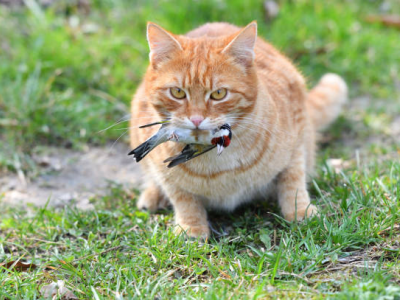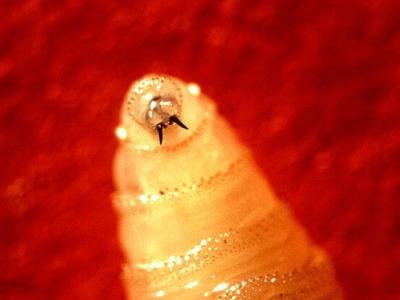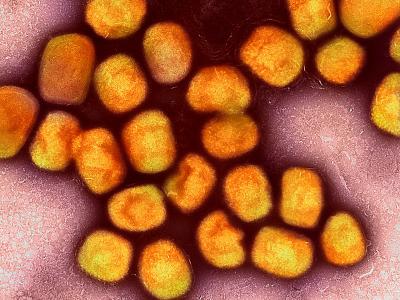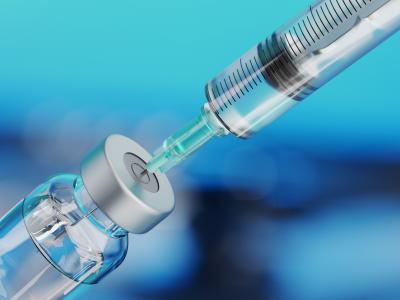The AMR Industry Alliance announced this week that it has updated its Antibiotic Manufacturing Standard to be more aligned with World Health Organization (WHO) antibiotic manufacturing guidelines.
The Standard, developed in 2022 in collaboration with the British Standards Institute (BSI), provides guidance to antibiotic manufacturers to help ensure that their products are made responsibly and don't contribute to the development of antimicrobial resistance (AMR) in environmental bacteria. Among other things, it requires antibiotic manufacturers to have an effective environmental management and wastewater treatment system that minimizes antibiotic discharges in wastewater.
A certification scheme launched in 2023 provides third-party independent verification that the Standard is being met at antibiotic manufacturing sites. To date, more than 60 antibiotic products have been independently verified by the BSI AMR certification.
Update reflects latest science, best practices
The AMR Industry Alliance says the update version of the Standard reflect the latest science and best practices and incorporates provisions for waste management, active pharmaceutical ingredient discharge limits, and transparency in supplier practices laid out in the WHO's 2024 Guidance for Responsible and Sustainable Manufacturing of Antibiotics.
"We welcome the WHO's leadership in setting global expectations for responsible antibiotic production," Steve Brooks, chair of the Manufacturing Working Group at the AMR Industry Alliance, said in a press release.
The updated Standard will be incorporated into the BSI AMR certification starting in 2026.














